Prosthetists and Orthotists
Prosthetists and Orthotists play a crucial role in physical medicine and rehabilitation by designing, fabricating, and fitting custom devices that help restore or enhance physical function in individuals with limb loss or musculoskeletal deformities. Their work directly influences a patient’s ability to regain independence, mobility, and confidence after amputation, congenital limb differences, or neuromuscular disorders. By conducting biomechanical assessments and analyzing movement patterns, they tailor prosthetic limbs and orthotic supports that improve alignment, reduce pain, and optimize balance and gait mechanics.
Collaboration is central to their role, as Prosthetists and Orthotists work alongside physiatrists, therapists, and rehabilitation engineers to ensure the devices integrate seamlessly into the broader recovery plan. They not only focus on the structural aspects of limb replacement or bracing but also guide patients through the adaptation process—teaching them how to don, doff, and maintain their devices. Their contribution becomes particularly critical during early post-operative stages and throughout long-term follow-up, as individuals' needs evolve with growth, activity level, or residual limb changes. Prosthetists and Orthotists enhance the potential for successful reintegration into daily life, work, and sports, turning technological innovation into life-changing impact.

Jay Spector
American Academy of Podiatric Sports Medicine (AAPSM), United States
Marcia J Scherer
Institute for Matching Person and Technology, United States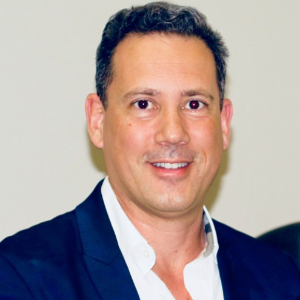
Marcos Brioschi
American Academy of Thermology, United States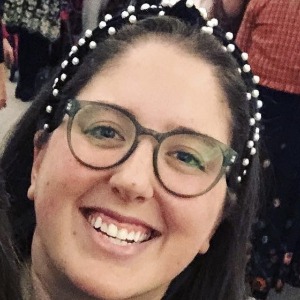
Blair Gorenberg
Shirley Ryan Abilitylab, United States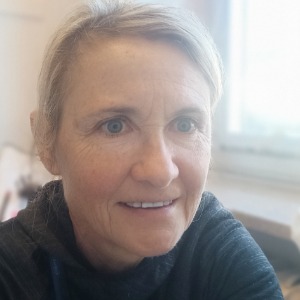
Roberta Sartori
IRCCS Materno-Infanitle Burlo Garofolo, Italy
Cho Li Yin
Taichung Veterans General Hospital - VGHTC, Taiwan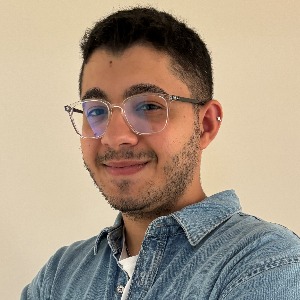
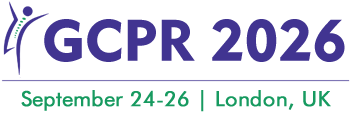



Title : Best practice guidelines for the use of pharmacological neuromodulation in disorders of diminished motivation: A comprehensive approach
Vaidya Balasubramaniam, Illawarra and Shoalhaven Local Health District Hospitals, Australia
Title : A forgotten component of knee osteoarthritis
Ron Blehm, EEI Physio LLC, United States
Title : Functional outcomes of DSSA-Based pelvic rehabilitation combined with manual therapy and electrostimulation in men after oncologic surgery: A retrospective case series
Eren Uyar, Fizyomen Physiotherapy & Rehabilitation Center, Turkey
Title : We are living and working in the age of individualization
Marcia J Scherer, Institute for Matching Person and Technology, United States
Title : Efficacy of Inspiratory Muscle Training (IMT) in post-weaning ICU recovery: A clinical randomized controlled trial
Warda Khan, Chongqing Medical University, Pakistan
Title :
Subramanya Adiga, Middlemore Hospital, New Zealand